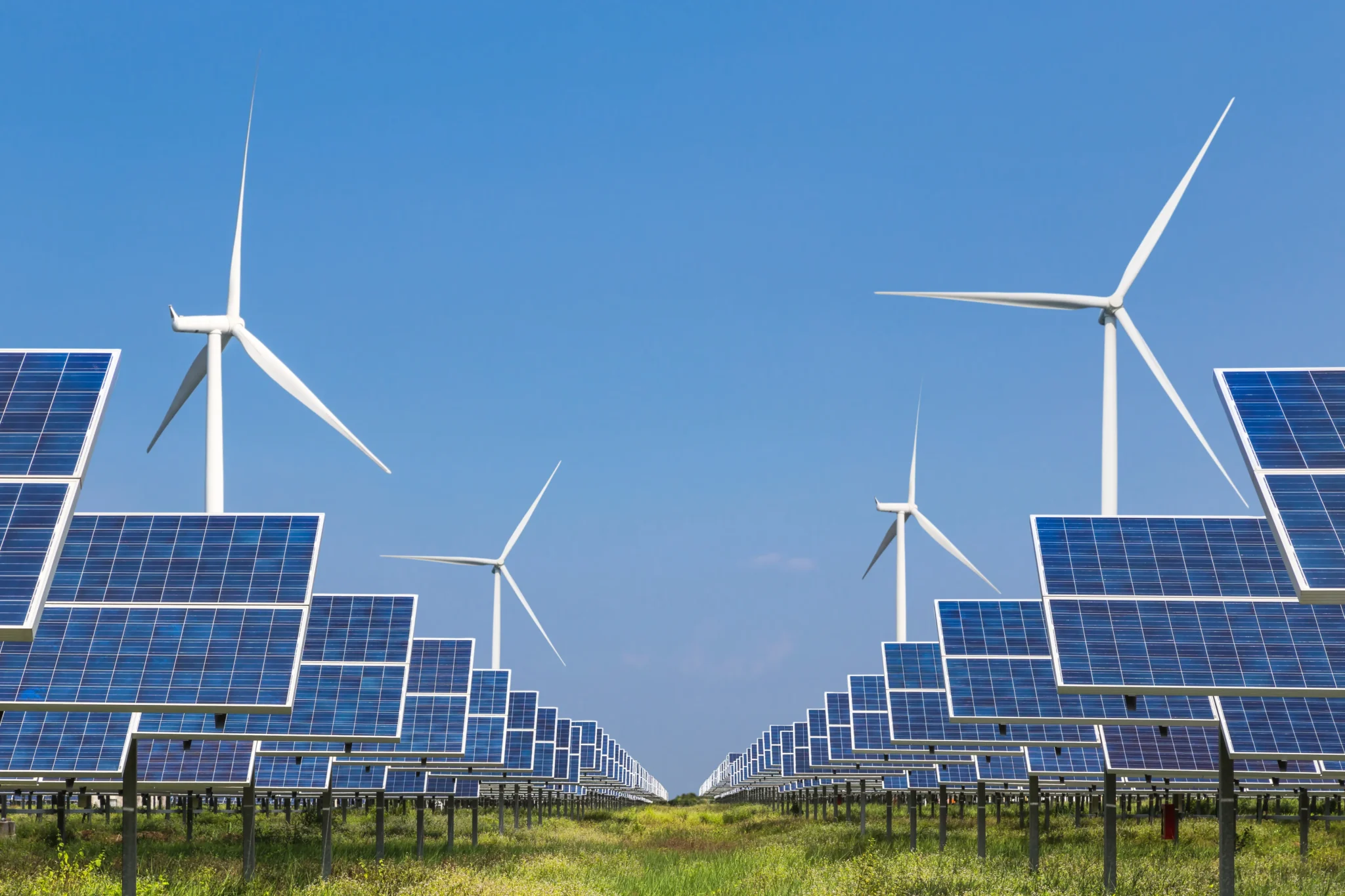As the world grapples with the pressing challenges of climate change and dwindling fossil fuel reserves, renewable energy sources have emerged as a beacon of hope. Innovations in technology are revolutionizing how we harness and utilize renewable energy, making it more efficient, accessible, and sustainable. Let’s dive into some of the most exciting tech innovations transforming the renewable energy landscape!
1. Advanced Solar Photovoltaics
Solar energy is one of the most abundant renewable resources, and recent advancements in photovoltaic (PV) technology are making solar panels more efficient and affordable. Innovations like perovskite solar cells are gaining traction, boasting higher efficiency rates compared to traditional silicon cells. These lightweight, flexible materials can be integrated into a variety of surfaces, from windows to clothing.
Impact: As solar panels become more efficient and versatile, we can expect a significant increase in solar energy adoption, even in urban areas where space is limited.
2. Wind Energy Technology
The wind energy sector is also witnessing remarkable advancements. The development of floating wind farms allows turbines to be placed in deeper waters, where winds are stronger and more consistent. This technology opens up new opportunities for harnessing wind energy in previously untapped locations.
Impact: Floating wind farms can significantly increase the capacity for wind energy generation, contributing to a more diverse energy mix and reducing reliance on fossil fuels.
3. Energy Storage Solutions
One of the biggest challenges with renewable energy sources like solar and wind is their intermittency. Enter advanced energy storage technologies! Innovations such as lithium-sulfur batteries and solid-state batteries are paving the way for more efficient and longer-lasting storage solutions. These technologies can store excess energy generated during peak production times and release it when demand is high.
Impact: Improved energy storage solutions can help stabilize the grid and ensure a reliable power supply, making renewable energy more viable as a primary energy source.
4. Smart Grids and IoT Integration
The integration of Internet of Things (IoT) technology into energy management systems is transforming how we distribute and consume energy. Smart grids equipped with IoT sensors can optimize energy flow, reduce waste, and improve efficiency by automatically adjusting to changes in demand and supply.
Impact: Smart grids enhance the resilience of energy systems, allowing for better management of renewable energy sources and minimizing outages.
5. Biogas and Waste-to-Energy Technologies
Innovative approaches to waste management are also making strides in renewable energy production. Biogas systems convert organic waste into methane, which can be used as a clean fuel source. Technologies that convert waste materials into energy not only help reduce landfill waste but also provide a sustainable energy solution.
Impact: Utilizing waste to generate energy reduces greenhouse gas emissions and promotes a circular economy, contributing to a more sustainable future.
6. Hydrogen Fuel Cells
Hydrogen is emerging as a versatile energy carrier, and advancements in hydrogen fuel cell technology are unlocking its potential as a clean energy source. By using renewable energy to produce hydrogen through electrolysis, we can create a carbon-free fuel option for transportation and industrial applications.
Impact: Hydrogen fuel cells could revolutionize transportation, powering everything from buses to ships while emitting only water vapor.
7. Ocean Energy Innovations
The oceans are a largely untapped resource for renewable energy. Technologies like tidal energy systems and wave energy converters are harnessing the power of ocean currents and waves to generate electricity. These innovations offer a consistent and predictable energy source, which is particularly valuable for coastal regions.
Impact: Ocean energy technologies could provide a significant portion of the world’s energy needs, contributing to a more balanced energy portfolio.
8. Enhanced Geothermal Systems (EGS)
Geothermal energy is another renewable resource gaining traction, particularly with the development of enhanced geothermal systems. By injecting water into hot rock formations deep underground, EGS can generate steam to drive turbines and produce electricity, even in areas without natural geothermal resources.
Impact: EGS technology expands the potential for geothermal energy generation, providing a reliable and low-emission power source.
Conclusion: A Sustainable Future Awaits
The future of renewable energy is bright, thanks to these technological innovations that make harnessing clean energy more efficient and accessible than ever. As we continue to push the boundaries of what is possible, these advancements will play a crucial role in transitioning to a sustainable energy future.
By embracing and investing in these innovations, we can reduce our reliance on fossil fuels, combat climate change, and create a healthier planet for generations to come. So, let’s keep our eyes on the horizon—where clean energy solutions await! 🌍💡✨



